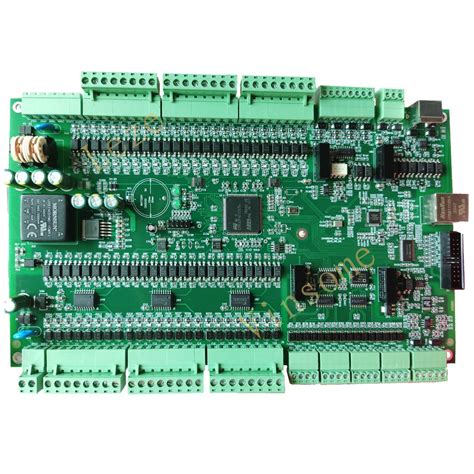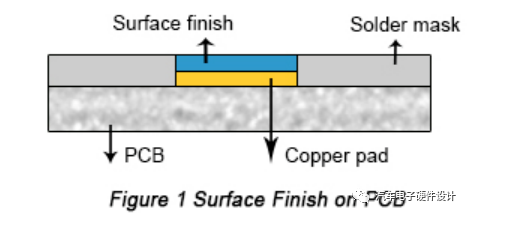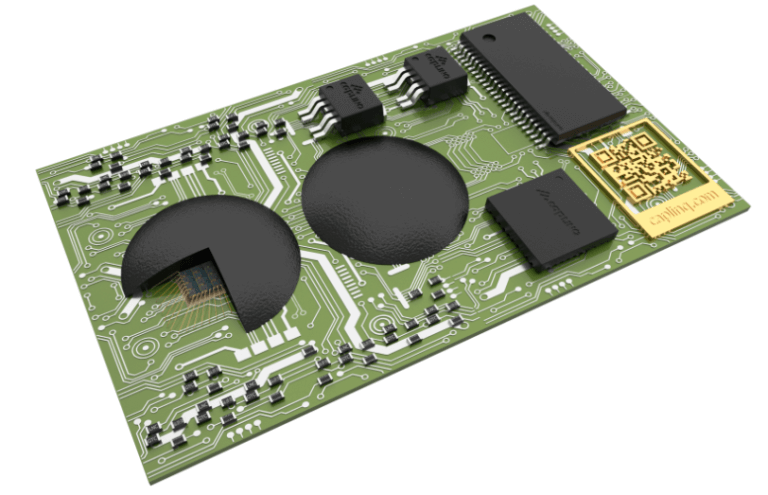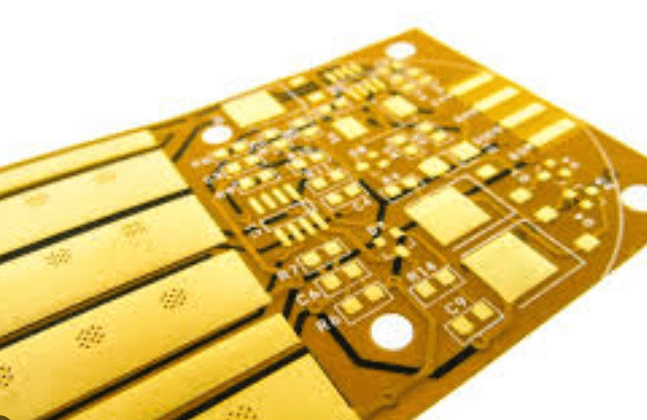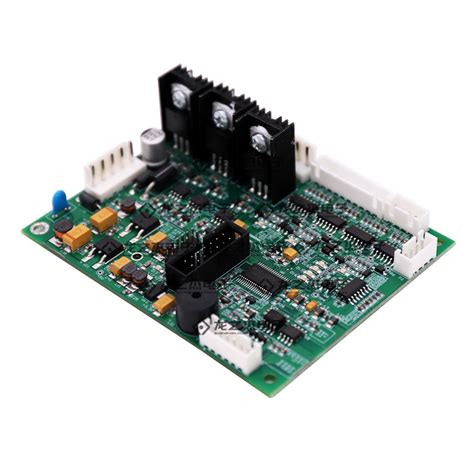Hole metallization of FPC and copper foil surface cleaning process
The hole metallization of the flexible printed board is substantially the same as the hole metal process of the rigid printed board.
In recent years, there has been a substitution electroless plating process using a direct electroplating process that forms a carbon conductive layer technology. Hole metallization of flexible printed boards has also introduced this technique.
Because of its softness, flexible printed boards require special fixing fixtures.
The fixtures can not only fix the flexible printed board, but also must be stable in the plating solution. Otherwise, the thickness of the copper plating is not uniform, which is also caused by the disconnection in the etching process. And the important reason for bridging. In order to obtain a uniform copper plating layer, the flexible printed board must be tightened in the fixture, and the position and shape of the electrode must be worked hard.
For hole metallization outsourcing processing, it is necessary to avoid the outsourcing of the factory with no experience in the perforation of flexible printed boards. If there is no electroplating line for flexible printed boards, the quality of the holes cannot be guaranteed.
Copper foil surface cleaning – FPC manufacturing process
In order to improve the adhesion of the resist mask, the surface of the copper foil is cleaned before the resist mask is applied, and even such a simple process requires special attention for the flexible printed board.
Generally, there are chemical cleaning processes and mechanical grinding processes.
For the production of precision graphics, in most cases, two kinds of clear flow processes are combined for surface treatment. Mechanical grinding uses a brushing method. If the material is too hard, it will cause damage to the copper foil, which is too soft and will not be fully ground. Generally, a nylon brush is used, and the length and hardness of the brush must be carefully studied.
Use two brush rollers, placed on the top of the conveyor belt, the direction of rotation is opposite to the direction of belt transport, but if the pressure of the brush roller is too large, the substrate will be stretched under a large tension, which causes dimensional changes. One of the important reasons.
If the surface treatment of the copper foil is not clean, the adhesion to the resist mask is poor, which lowers the yield of the etching process. Recently, due to the improvement in the quality of the copper foil board, the surface cleaning process can be omitted in the case of a single-sided circuit. However, surface cleaning is an indispensable process for precision patterns up to 100 μm.
Reasons for instability of PCB electroless nickel plating solution
First, the reason for the instability of electroless nickel plating solution
1. Wbon from the inside of the plating solution and starts to decompose by itself,
the gas is not only released on the surface of the plating member, but also slowly and uniformly discharged in the entire plating solution.
2. The gas deposition rate is aggravated by the plating solution in the above situation.
If the effective measures are not taken in time, the gas will escape faster and faster, and a large amount of bubbles will be generated, so that the plating solution is foamy.
3. Formation of black plating or deposits When the electroless nickel plating solution has a lot of foam
, the plated parts and the walls begin to form a rough black coating, or a plurality of irregularly shaped black granular deposits are generated in the plating solution.
4. The color of the plating solution becomes lighter. During the self-decomposition process, the color of the plating solution is gradually weakened.
For example, in the ammonia-containing alkaline electroless nickel plating solution, the color of the plating solution changes from dark blue to blue after self-decomposition. White, at the same time, can smell a pungent ammonia smell. When the ammonia smell disappears, the electroless nickel plating solution has completely decomposed. Andwin specializes in producing 1-12 layers of high-precision FPC flexible circuit boards, 2-12 layers of soft Hard bonding board.
Second, the main factors affecting the instability of the plating solution
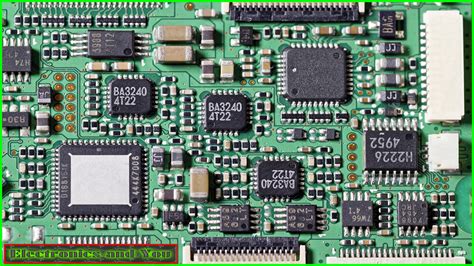
1. Improper matching of plating solution
If the concentration of phosphite (reducing agent) is too high, the concentration of hypophosphite in the plating solution is increased, and the deposition rate can be increased. However, when the deposition speed reaches the limit, the concentration of hypophosphite is continuously increased, and not only the deposition rate is not high, but the plating solution is decomposed by itself. Especially for acidic plating baths, when the pH value is high, the tendency of the plating solution to decompose by itself is more serious.
When the concentration of hypophosphite is too high, the chemical energy of the plating solution is improved to be at a higher energy level, but Electroless nickel plating is a heterogeneous reaction system belonging to a liquid phase (plating solution), a solid phase (plating layer), and a gas phase (precipitating hydrogen gas). When the plating solution is in a high energy state, the tendency of the liquid phase component to turn to the solid phase and the gas phase is accelerated, that is, the reduction effect inside the plating solution is accelerated.
If the plating solution has other unstable factors at this time (such as local temperature is too high, there are turbid precipitates, etc.), it is most likely to induce self-decomposition. When the concentration of hypophosphite in the plating solution is too high, if the pH is also high, the precipitation point of nickel phosphite in the plating solution is greatly reduced, and there are many particles on the surface of the workpiece.
2 The concentration of nickel salt is too high to increase the concentration of nickel salt.
When the pH value of the plating solution is high, the precipitation of nickel phosphite and nickel hydroxide is easy to form, so that the plating solution is turbid, and it is easy to trigger the self-decomposition of the plating solution, and Causes many particles on the surface of the workpiece.
3 The concentration of the complexing agent is too low.
One of the important functions of the complexing agent is to increase the precipitation point of the nickel phosphite in the plating solution. When the concentration of nickel salt, temperature and pH are constant, the solubility and precipitation point of nickel phosphite in the plating solution are also certain. If the concentration of the complexing agent in the solution is too low, as the electroless nickel plating proceeds, the phosphite will continuously increase, and the precipitation point of the nickel phosphite will be rapidly reached, thereby causing precipitation. These deposits will be one of the triggers for the plating solution to be self-solving and one of the reasons for the many particles on the surface of the workpiece.
If the concentration of the 4pH adjusting agent is too high, if the pH value is adjusted too high, the precipitation of nickel phosphite and nickel hydroxide is prone to occur, and the decomposition of the reducing agent is accelerated, which also causes the workpiece. There are many reasons for the granules on the surface.
3. Improper preparation of plating solution
The phosphite is added too quickly. In the preparation of the plating solution, the hypophosphite is not completely dissolved or added too fast, which will cause the concentration of the sub-phosphite in the plating solution to be too high, and the precipitation of nickel phosphite will also be formed. .
2 If the pH value is adjusted improperly or too high, the lye is added too fast,
or if the lye is added too much, the local pH of the plating solution will be too high, and nickel hydroxide precipitation will easily occur, and many particles will be generated on the surface of the workpiece.
3 improper preparation of the plating solution in the preparation of the plating solution,
if not in a certain order, for example, the pH adjusting agent is added to the nickel salt plating solution containing no complexing agent and only the reducing agent, not only the formation of nickel The hydroxide precipitates in the solution and reduces the precipitation of particles of metallic nickel, although the plating solution gradually becomes cloudy by the addition of the complexing agent. However, a small amount of deposits still exist, which affects the life of the bath and affects the quality of the coating on the surface of the workpiece.
4 When the plating solution is prepared, it is not fully stirred. In the process of preparing the plating solution, even if the various drugs are completely dissolved in advance, when mixing is performed, the mixture is not sufficiently stirred, and the naked eye is also generated.

